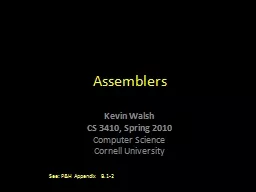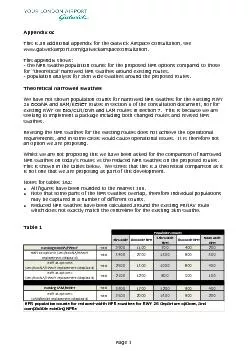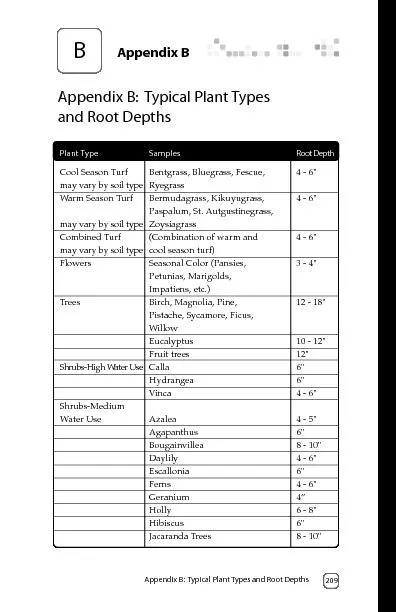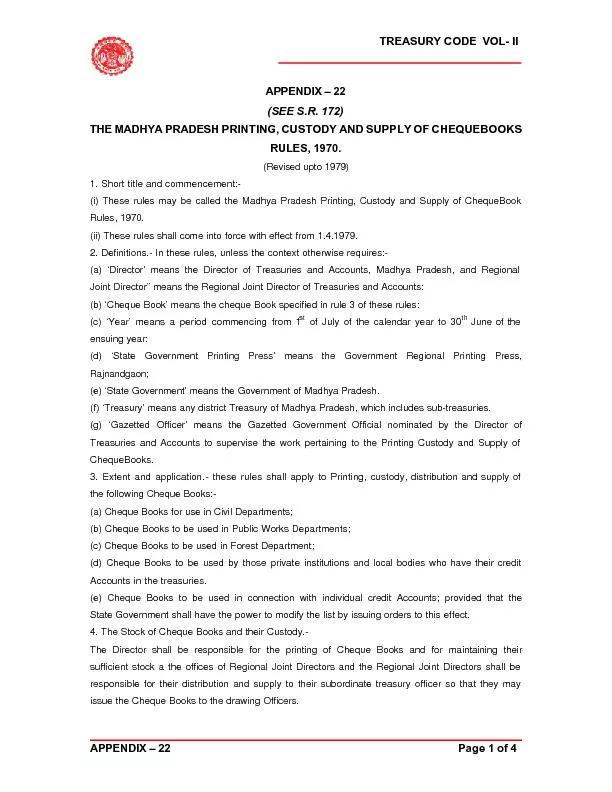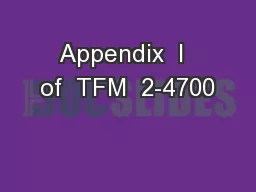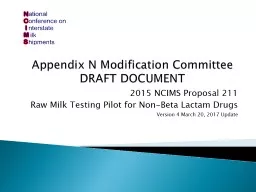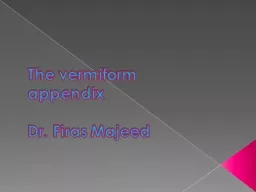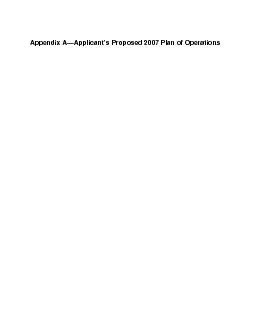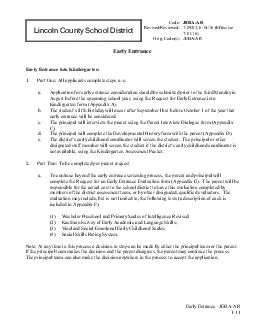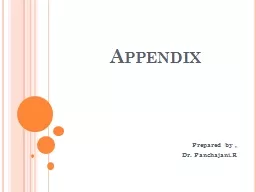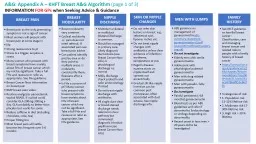PPT-Assemblers See: P&H Appendix B.1-2
Author : funname | Published Date : 2020-06-22
Examples T ADDI r4 r0 1 BEQ r3 r0 B ADDI r4 r4 1 LW r3 0r3 J T NOP B JAL L nop nop L LW r5 0r31 ADDI r5 r5 1 SW r5 0r31 cs3410 Recap
Presentation Embed Code
Download Presentation
Download Presentation The PPT/PDF document "Assemblers See: P&H Appendix B.1-2" is the property of its rightful owner. Permission is granted to download and print the materials on this website for personal, non-commercial use only, and to display it on your personal computer provided you do not modify the materials and that you retain all copyright notices contained in the materials. By downloading content from our website, you accept the terms of this agreement.
Assemblers See: P&H Appendix B.1-2: Transcript
Download Rules Of Document
"Assemblers See: P&H Appendix B.1-2"The content belongs to its owner. You may download and print it for personal use, without modification, and keep all copyright notices. By downloading, you agree to these terms.
Related Documents

